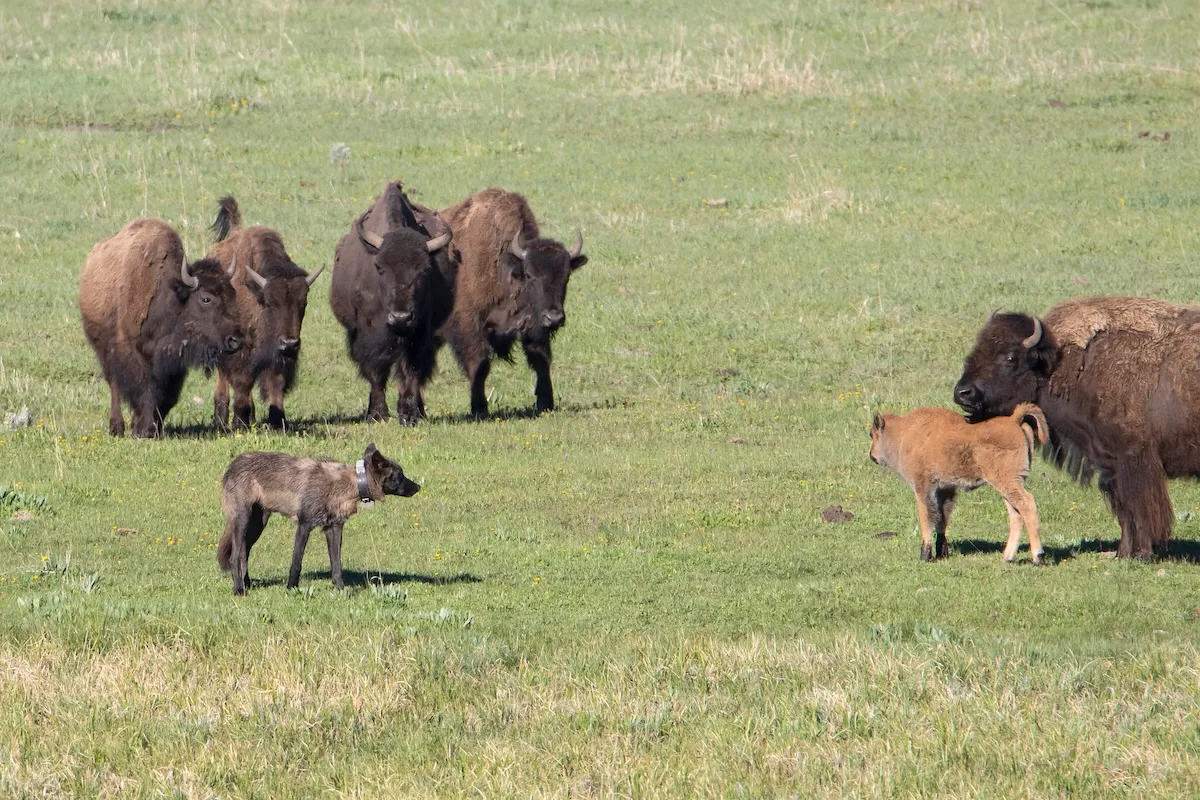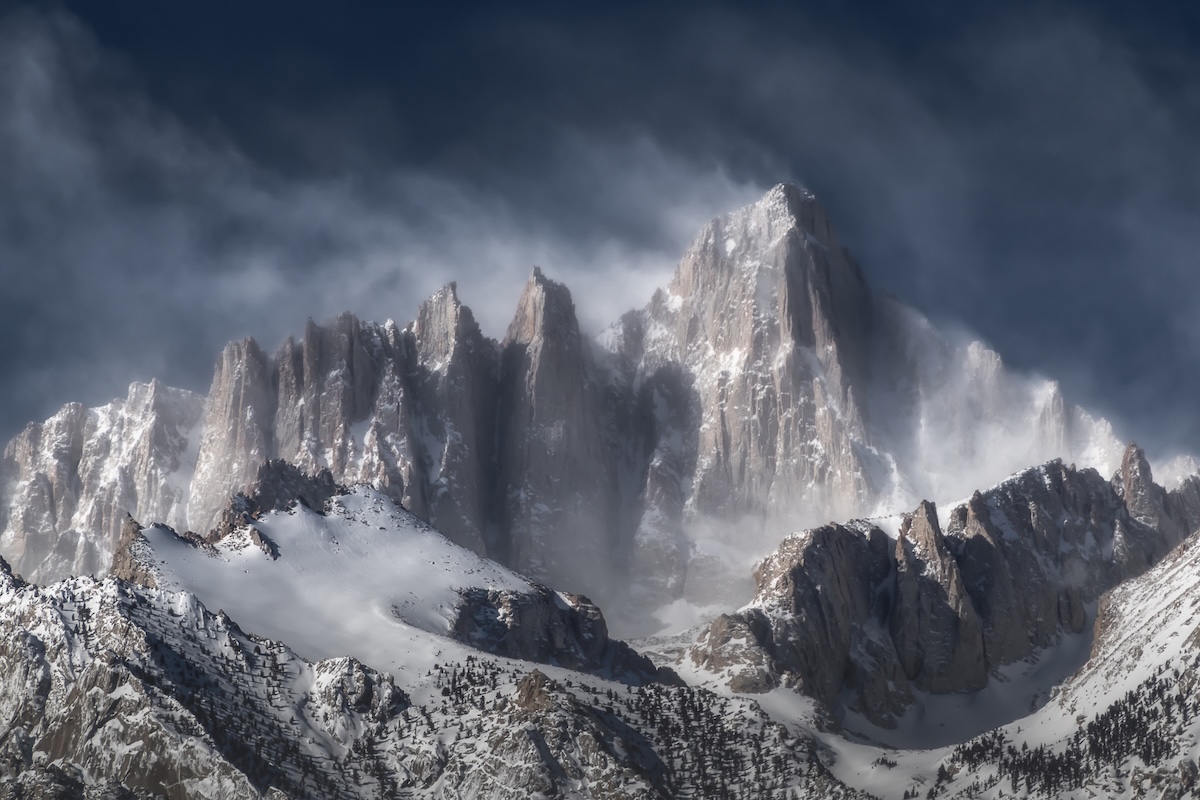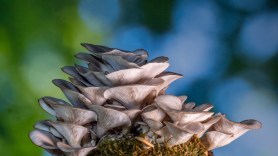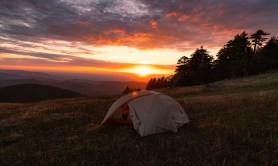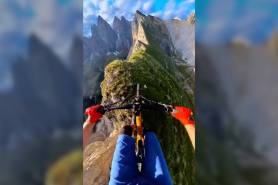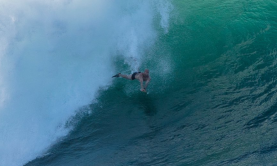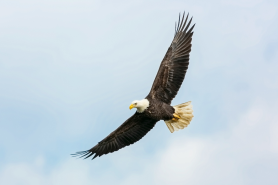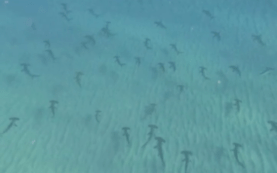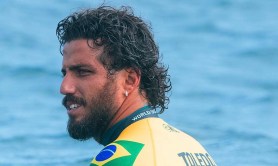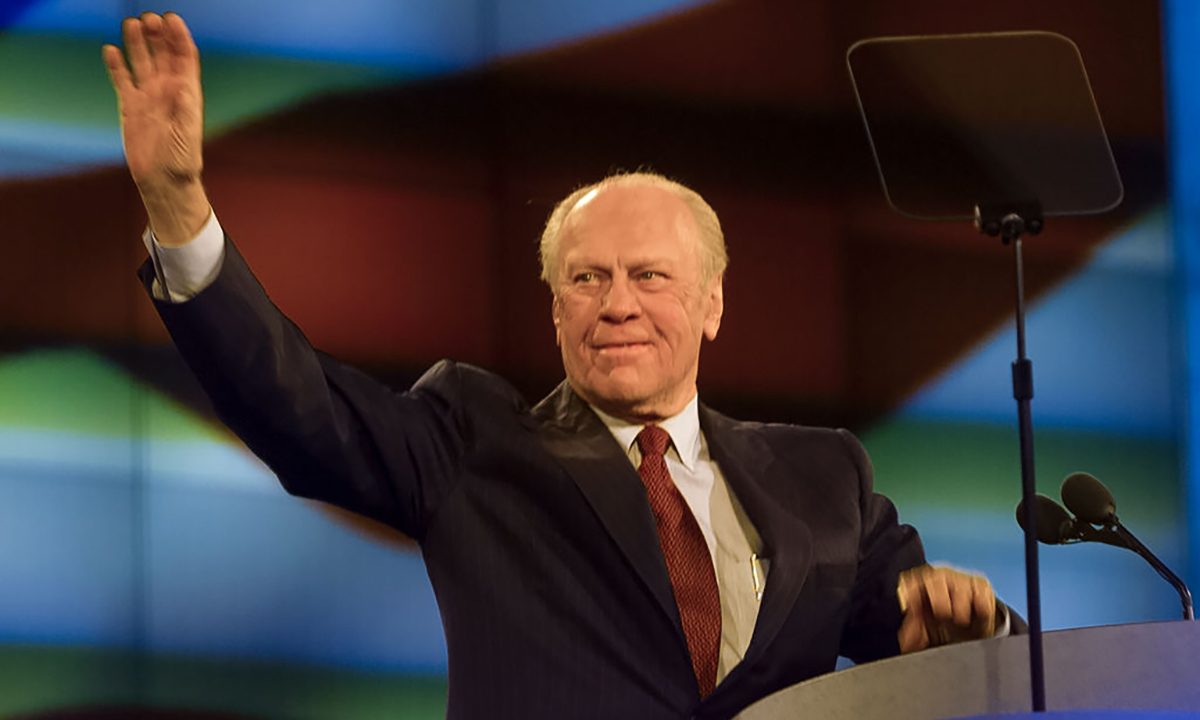

Many U.S. presidents were raised loving the outdoors, and their love for nature showed in how they did their job as the nation’s leader. From signing legislation, including the Antiquities Act and the Endangered American Wilderness Act, to serving as a park ranger and casting a mean fly, these five former presidents are some of the most legendary outdoorsmen to ever rest their waders and paddles in the oval office. Their legacies of protecting and preserving the outdoors for generations of Americans makes them heroes in our books.
Videos by Outdoors
Theodore Roosevelt
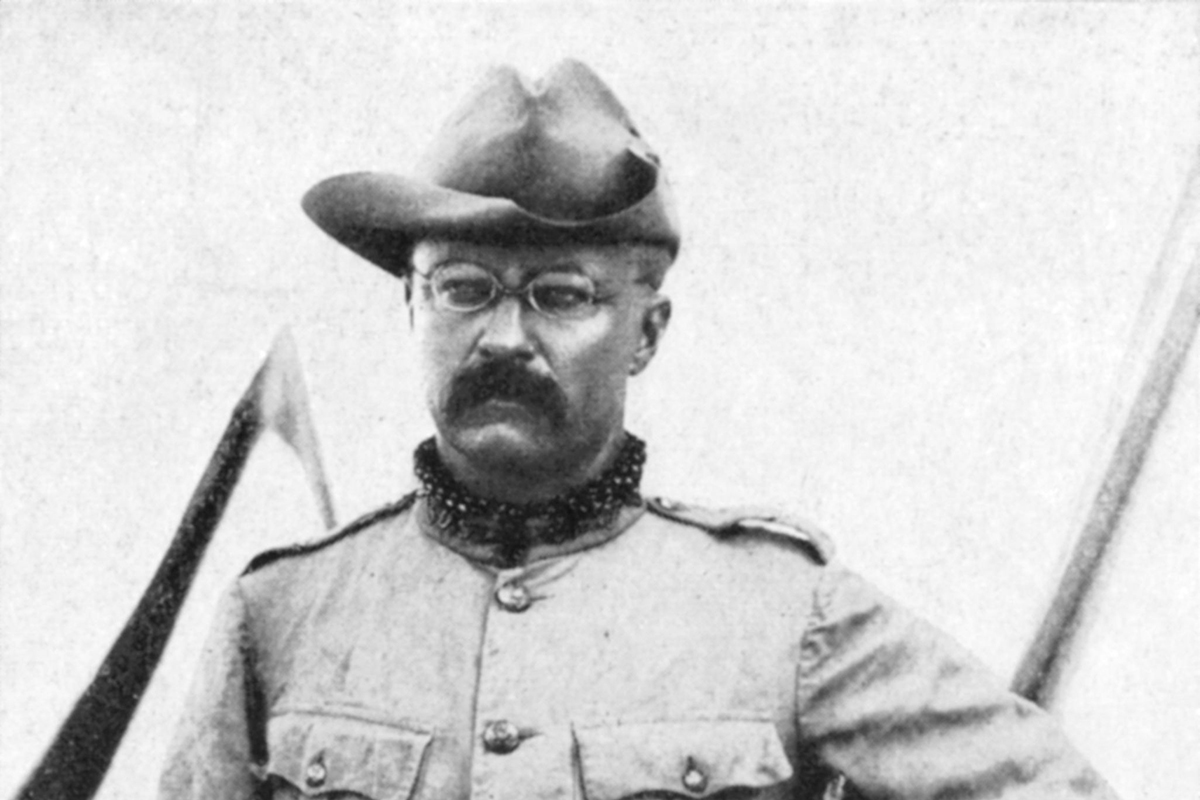
Read any children’s history textbook, and you will find former president Teddy Roosevelt mentioned as the “conservationist president,” and with good reason. During his presidency, he established 18 national monuments and five national parks.
Long before he took office in September 1901, Teddy R. loved the outdoors.
He was taken by books as a young child but quickly discovered a passion for being outside collecting frogs and other specimens. Even as an adult, his home was filled with insects and mounted animal displays. Some of his collections are on display at the Smithsonian.
Roosevelt enjoyed bird watching and horseback riding, and he even ran a small cattle ranching operation in North Dakota. The toll that unregulated ranching and hunting were taking on the land concerned him and prompted his first conservation efforts. He formed the Little Missouri Stockman’s Association and the Boone and Crockett Club to help dwindling big-game animal herds.
A rough winter resulting in the loss of most of his cattle changed Roosevet’s direction back to politics. He became a Rough Rider and, from there, governor of New York. After a short six months as vice president, he took the office of presidency after President McKinley’s assassination in 1901.
One of the first conservation actions Roosevelt took in office was to declare Crater Lake a national park. Roosevelt’s designation of 51 national bird refuges, including Pelican Island, on March 14, 1903 helped protect bird species from plume hunting, since it was a fashion statement at the time to wear feather plumes in women’s hats. This campaign pushed the creation of the National Wildlife Refuge System.
A camping trip with John Muir to Yosemite in 1903 was pivotal in creating a law Roosevelt passed in 1906 to include Yosemite Valley and Mariposa Grove as a part of Yosemite National Park. Roosevelt is credited with creating the U.S. Forest Service in February 1905.
In 1906, he signed into law the Antiquities Act, which gives the president authority to set aside public lands for parks and conservation. The act preserved the Grand Canyon and Devil’s Tower. Mesa Verde, Platte, Wind Cave and Sully’s Hill also became national parks during Roosevelt’s presidency.
Roosevelt also signed the Forest Homestead Act for the conservation of forest reserves. He also preserved over 230 million acres of public land before he left Washington. The U.S. National Park System was created seven years after he left office as a result of his conservation efforts.
The Theodore Roosevelt National Park was named in Roosevelt’s honor, and his boyhood home is now a national historic site. A library bears his name in Medora, North Dakota, and there is also the Teddy Roosevelt Island Memorial in Washington D.C. Parks, as well as rivers, schools, and many outdoor spaces named after him.
“The nation behaves well if it treats the natural resources as assets which it must turn over to the next generation increased and not impaired in value.”
Theodore Roosevelt, August 31, 1910
Jimmy Carter
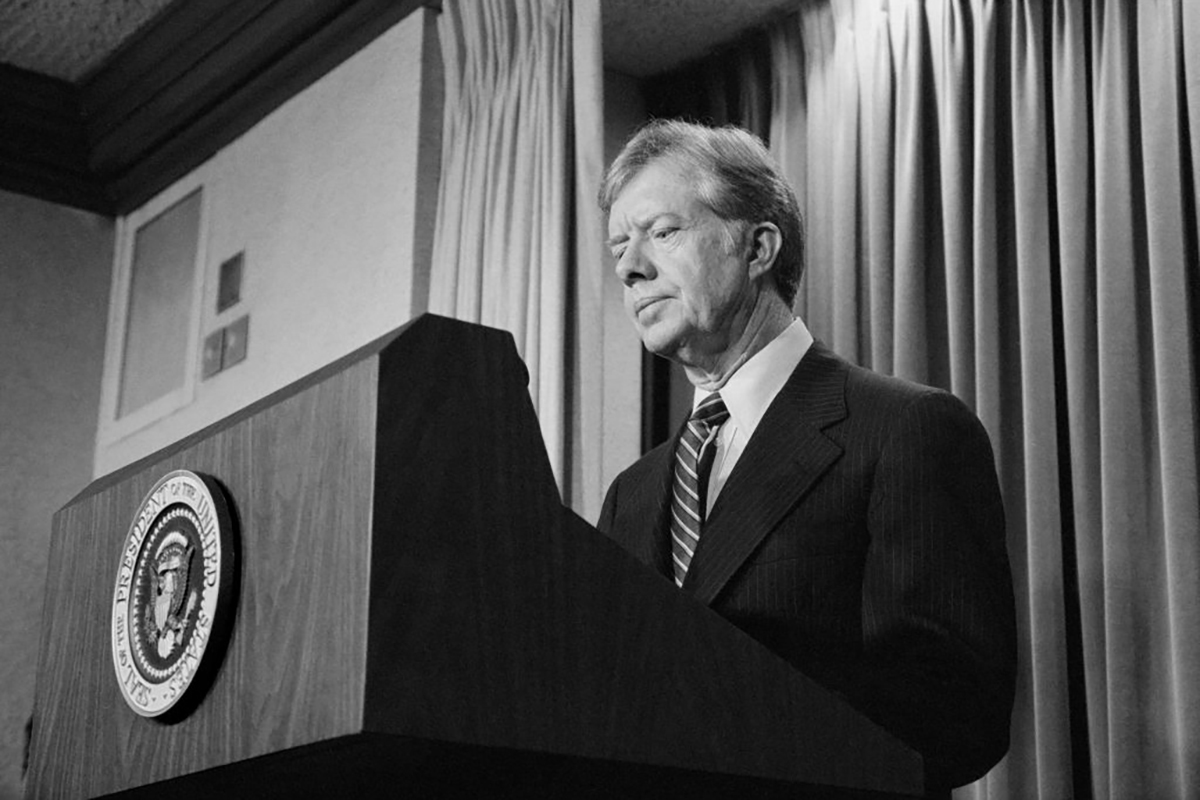
If you needed to catch dinner, former president Jimmy Carter is who you’d want to go fly fishing with. Fly fishing was a lifetime passion that began during Carter’s youth. He learned to fish in the fishing holes of south Georgia with Rachel Clark—a day laborer who lived on the farm with her husband who was like a second mother to Carter as a young boy.
The love of casting a line continued as Carter grew up, and he also acquired a passion for paddling the whitewater of the north Georgia mountains. His campaign to protect wild waterways began while he was governor of Georgia.
Though he was only in office as president for one term, Carter showed his love for nature through his policies. He created 39 national park units and preserved more than 157 million acres of public land. He brought to light the importance of establishing urban parks for those who did not live close to wild spaces.
Carter implemented many conservation acts, including the Endangered American Wilderness Act and the Soil and Water Conservation Act. He also signed the Antarctic Conservation Act and the Surface Mining Control and Reclamation Act while in office.
There are stories of Carter tricking the press by flying the helicopter to Camp David, waiting for the press to get bored and leave, and then taking the helicopter to a more remote location to fish with his wife, Rose. He recalls these memories in his 1988 memoir An Outdoor Journal: Adventures and Reflections, which he wrote from the second-story loft of his log cabin in the north Georgia mountains.
Carter was the first president to acknowledge how serious climate change was. He even installed the first solar panels at the White House in 1979 to heat the building’s water through solar power. His love for the outdoors continued until his passing.
In 2016, Carter was named an Honorary Park Ranger for his lifelong dedication to protecting public lands. He was given the Conservationist of the Year Medal from the National Wildlife Federation in 1993 and the Audubon Medal from the National Audubon Society in 1994. He received the Presidential Medal of Freedom in 1999 and the Nobel Peace Prize in 2002. He also received a long list of honorary fellows, doctorates, and other awards.
A navy submarine was named in honor of former president Carter for his service as a submariner officer, and the Navy changed its engineering building to Carter Hall in 2023. Carter won three Grammy awards for his spoken word albums, and in 2002, a fish species, bluegrass darter (Etheostoma jimmycarter) was named in his honor.
“I have never been happier, more exhilarated, at peace, rested, inspired, and aware of the grandeur of the universe and the greatness of God than when I find myself in a natural setting not much changed from the way He made it.”
Jimmy Carter
Gerald Ford
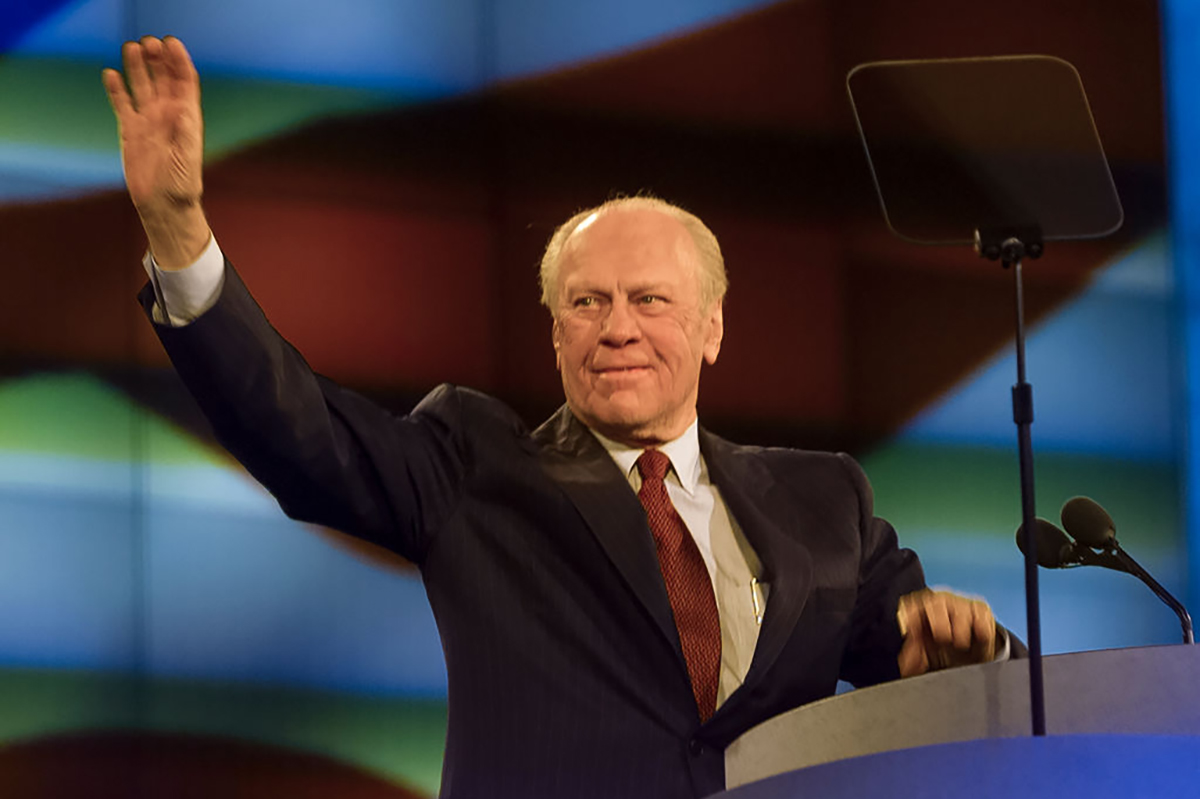
The summer of 1936 was the greatest summer of Gerald Ford’s life. He worked that year as a seasonal park ranger at Yellowstone National Park. He was an armed guard for the bear feeding trucks (how legend is that) and also handled meet and greets for distinguished park visitors.
While other presidents have been named honorary park rangers, Ford is the only president to actually work as a ranger. Ford is also the only president to be an Eagle Scout, a title he earned in 1927 with 26 merit badges as a member of Troop 15 in Grand Rapids, Michigan. These badges include hiking, camping, and environmental science or sustainability. He also went on to receive the Distinguished Eagle Scout Award in 1970.
Ford’s experiences outdoors as an Eagle Scout carried him through the presidency, so much so that he was sometimes called “the Boy Scout President.” While president, he received the Scouter of the Year Award, and an honor guard of 400 scouts lined his funeral procession.
Ford was an avid swimmer, a decorated football player, and a runner. He also created the nation’s first fuel-efficiency standards. To reduce idling and exhaust, Ford advocated for cars to be able to turn right on red. He also gave additional federal funding for water-treatment facilities through the Safe Drinking Water Act. President Ford added 18 new areas to the National Park System, including Big Cypress National Preserve in Florida and Cuyahoga Valley National Recreation Area in Ohio.
He was featured on U.S. postage stamps, and an aircraft carrier, the USS Gerald R. Ford, is named after him. The Gerald Ford Presidential Library and Museum can be found on the University of Michigan campus, where Ford won two national championships. There is also the Gerald Ford Amphitheater in Vail, Colorado.
The Gerald R. Ford Presidential Foundation gives out awards, grants, and prizes, while also giving to charitable causes. The NCAA President’s Gerald R. Ford Award is given to athletes with athletic leadership. The Gerald R. Ford Legends Award presented by Rimington Trophy is given to football players that make significant contributions to football through philanthropy or business communities.
Pull Quote: “My goal is for a cooperative world at peace, using its resources to build, not to destroy.”
Gerald Ford
Barack Obama

Former president Obama may not be the first to come to mind when you think about legendary outdoorsy presidents, but his contributions while in office earn him a spot on this list. (There was also that time he ventured into the wilds of Alaska to become a Bear Grylls-trained Survivalist.)
A 2012 Vanity Fair article reveals that if the former president had a day to himself, he would choose to walk on the beach and catch waves until the sun went down, like he did as a boy at his grandmother’s place near Hanauma Bay on the Island of Oʻahu. In fact, vivid memories of his boyhood experiences with his family growing up fueled his continued love of nature. He visited many national parks as a child, including Yellowstone.
Obama took a strong stance as president when it came to enabling access to the outdoors and protecting public land. He protected over 550 million acres of public land and water for future generations during his presidency—the largest amount of protected land by any U.S. president to date.
In 2016, Obama adopted the Outdoor REC Act with the Department of Commerce to emphasize the importance of the outdoor recreation industry, especially fishing in rural places, to the U.S. economy. His administration has protected more endangered species, including the greater sage grouse, than any other administration.
He also wanted to ensure every American has the chance to visit national parks. On the 100th birthday of the National Park Service in 2016, Obama launched the “Every Kid in a Park” initiative, providing all 4th graders free admission to national parks and federal land for a full year.
A species of fish discovered in Hawaii was named Tosanoides Obama after the former president for his efforts to create the world’s largest marine reserve, which helps protect coral reefs and endangered marine species. Obama also worked to protect other critical water ecosystems, including the Everglades and the Great Lakes.
Fighting poaching and seafood fraud were also conservation efforts Obama put time into, as well as promoting clean energy and fighting climate change. Through the EPA, he supported the Clean Water Rule to protect streams and wetlands. He also designated 29 new national monuments, recognizing the significance of protecting places with historical and cultural importance.
While in office, Obama visited several national parks with his family and continues to do so today. The former president even narrates the series Our Great National Parks on Netflix.
Pull Quote: “Our national parks have allowed generations to discover history, nature, and wildlife in irreplaceable ways. From the highest peaks of Denali to the lowest dips of the Grand Canyon, families around our country enjoy the splendor of the outdoors.”
Barack Obama
Herbert Hoover
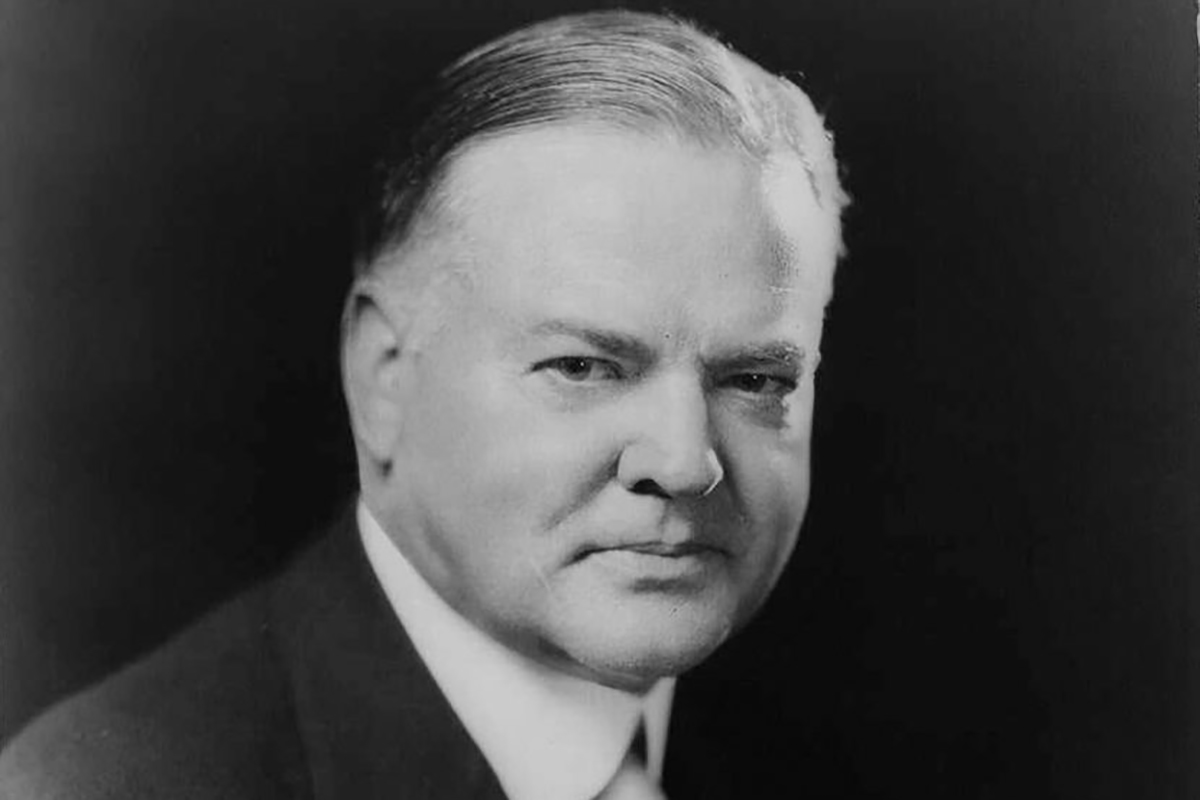
A fly-fishing purist, Herbert Hoover loved to spend quiet days catching trout. It was Virginia’s Rapidan River that helped him as president while he navigated financial collapse.
Growing up Quaker, Hoover turned to the outdoors for adventure and excitement. Besides his first love of fishing, he also enjoyed swimming, horseback riding, and hiking. He enrolled in geology at Stanford University after spending much of his youth collecting rocks. While in school, he conducted geological surveys in the Ozarks and Sierra Nevadas. A career in mining helped him understand what damage mining can do when not controlled, especially when it was done on unprotected land.
Hoover was a founding member of the Izak Walton League—a group for outdoorsmen and women who were a voice for environmental issues, especially in the 1920s. He even contributed a short essay for the group’s journal called Outdoor America on scientific conservation and fisheries.
In 1924, Hoover became president of the National Park Association (NPA) and lobbied to keep parks safe from development. He also sponsored a major study in 1929 on leisure and how outdoor recreation develops health and well-being.
Hoover’s conservation contributions were often based in ensuring the proper usage of resources (mainly water), probably due to his main outdoor passion of fishing—trout fishing in streams to be exact. As secretary of commerce, he helped establish a fishery at Yosemite National Park. He fought to split the river basins for water rights and usage. The Colorado River Compact was finally signed when he was president.
As president, Hoover expanded the park system by 40% and emphasized the importance of inexpensive recreation during the Great Depression. White Sands National Monuments (established as a park in 2019), Arches National Monument (established as a park in 1971), and Black Canyon of the Gunnison National Park were declared as national parks when Hoover was in office. His administration also expanded national forests by more than 2 million acres and helped along the creation of parks in the east, including the Everglades and the Great Smoky Mountains.
The Hoovers established Camp Rapidan, a rustic fishing camp, in the Blue Ridge Mountains using $120,000 of his own money. Hoover often escaped there during his presidency. He would invite other politicians and dignitaries there for meetings that included fishing and horseback riding.
When he left office in 1933, Hoover donated the property to become a part of the newly established Shenandoah National Park. In 1938, Hoover purchased his boyhood home in Iowa and oversaw its restoration. A year after his passing in 1965, it became the Herbert Hoover National Historic Site with the Herbert Hoover Presidential Library and museum next to it.
After his presidency, Hoover continued to fish throughout the National Parks System. He continued lobbying to add territory to established parks, including incorporating Jackson Hole National Monument into Grand Teton National Park.
The Hoover Dam was named to honor Hoover’s role in creating the dam, known as 8th Wonder of the Modern World. The Hoover Wilderness, an area between the Great Basin and the Sierra Nevadas in Yosemite, is also named after the former president.
Hoover’s name is attached to many elementary, middle, and high schools nationwide. Outdoor education programs have been named in his honor, and two minor planets, 932 Hooveria and 1363 Herberta, were named after him as well. Built in 1919, the Lou Henry and Herbert Hoover House is where the president of Stanford University resides. The Hoover Presidential Foundation continues its work by giving grants to schools to visit the Herbert Hoover Historical Site.
Pull Quote: “There are only two occasions when Americans respect privacy, especially in Presidents. Those are prayer and fishing.”
Herbert Hoover
